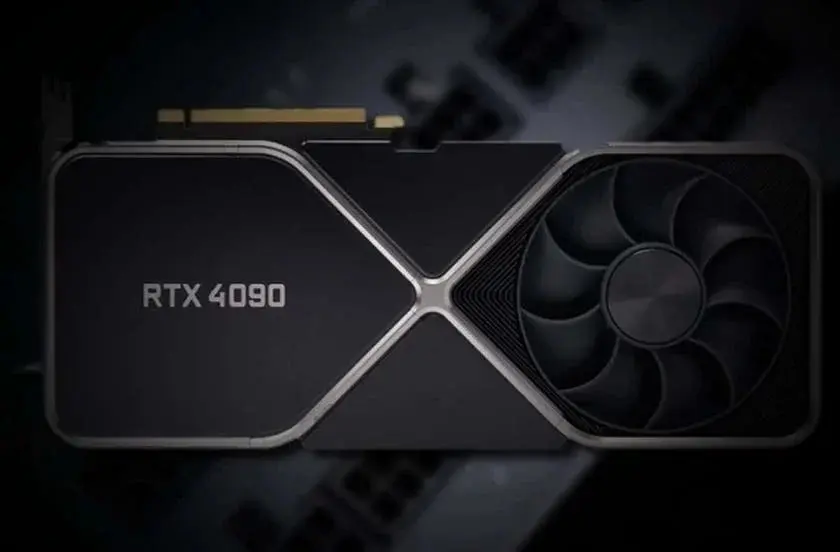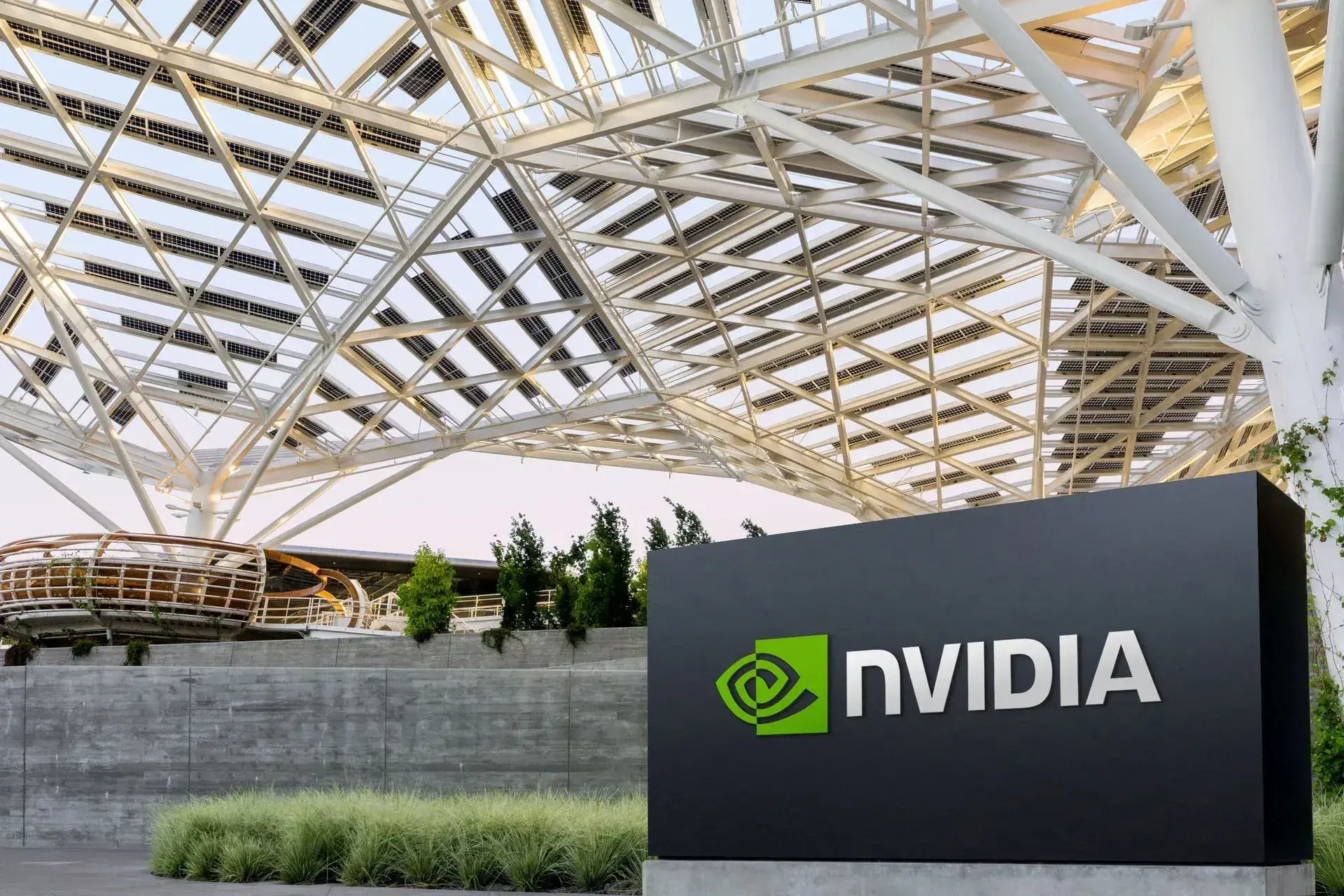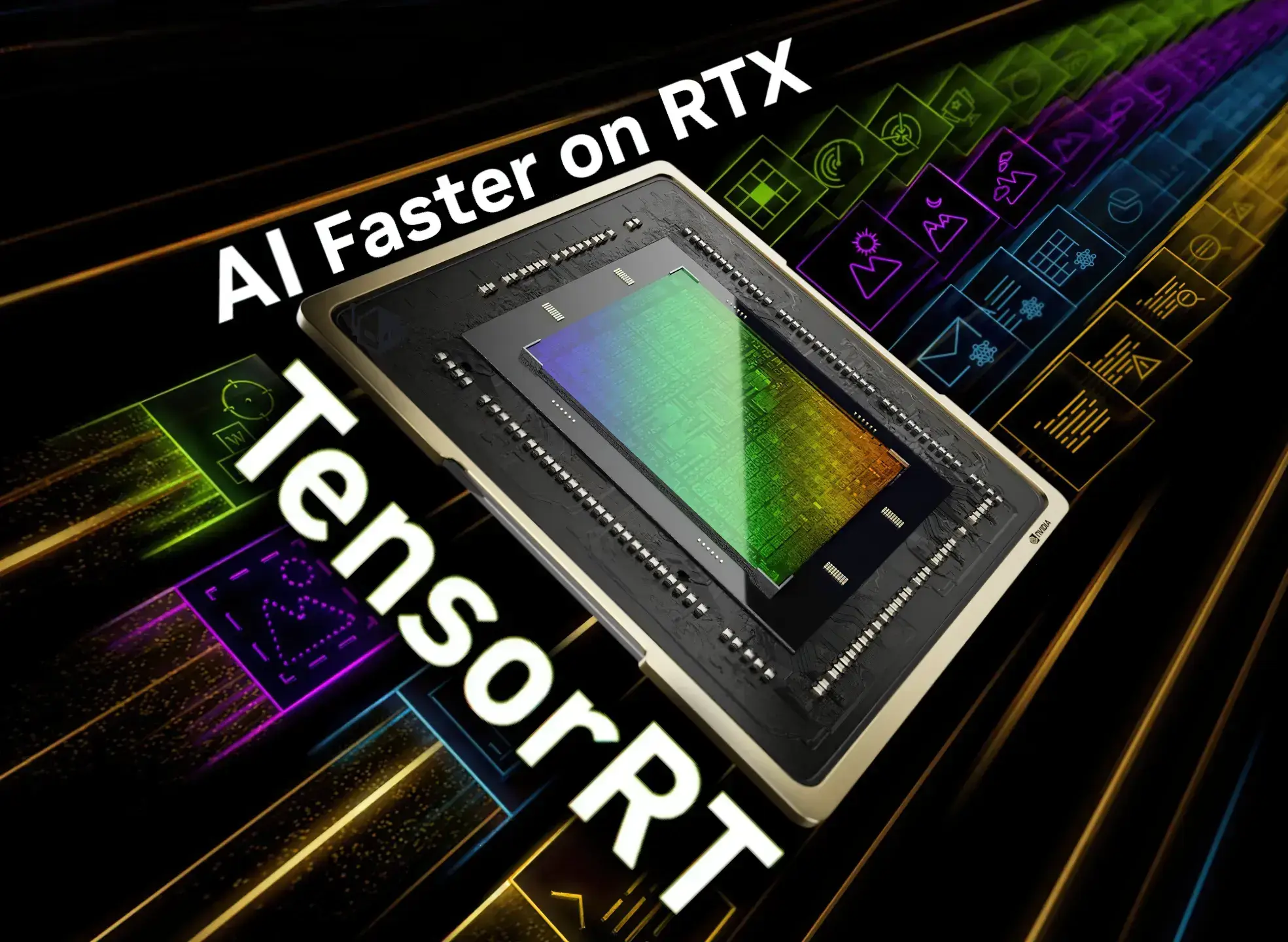As the news of the ban on RTX 4090 cards spread throughout the Chinese tech market, Nvidia has taken the card completely off its website. This sudden action has raised concerns about the availability and future supply of this highly sought-after gaming card in China.
Disappearance of the RTX 4090 from official websites
The RTX 4090, renowned for its top-of-the-line graphics processing capabilities, is part of Nvidia’s GeForce RTX 40 series. Its sudden disappearance from the official websites has caused unease among Chinese gamers and tech enthusiasts. This move comes at a time when there is already a tight supply in China, which can be attributed to the card’s high performance in graphics applications.
US export controls and withdrawal speculation
The situation is further complicated by recent US export controls that impose stricter regulations on the export of advanced graphics chips to China. This has led to speculation that the RTX 4090 might face withdrawal due to these new rules. In addition to this, several of Nvidia’s major hardware partners in China have also removed the RTX 4090 from their online stores, adding to the concerns.
Resilient demand and availability through unofficial channels
Despite these challenges, the RTX 4090 can still be found on e-commerce platforms and unofficial channels, although at inflated prices. The availability of the card through these channels indicates a strong demand for the product, despite the regulatory hurdles.
Significance beyond gaming and data center chip concerns
Interestingly, the significance of the RTX 4090 extends beyond gaming in China. It plays a crucial role in supporting advanced applications such as autonomous driving, highlighting its importance in various technology sectors. However, the main concern in China still revolves around Nvidia’s data center chips, which are facing surging prices and supply issues.
Nvidia’s response and development of new data center GPUs
In response to these challenges, Nvidia is adapting by developing new data center GPUs specifically for the Chinese market. The company plans to ship the first batch of these new GPUs by the end of the year. This strategic move aims to address the supply issues and rising prices faced by data center chips in China.
Conclusion
The ban on RTX 4090 cards in China has caused Nvidia to remove the product from its official website, raising concerns about its availability and future supply. The US export controls and withdrawal speculation have further intensified the situation. However, the card can still be found through unofficial channels, indicating a resilient demand. Nvidia is also developing new data center GPUs to address the supply issues faced by its data center chips in China. It remains to be seen how these developments will shape the future of the RTX 4090 in the Chinese market.










